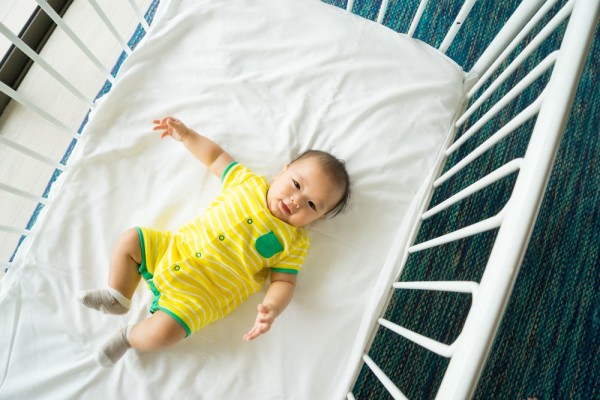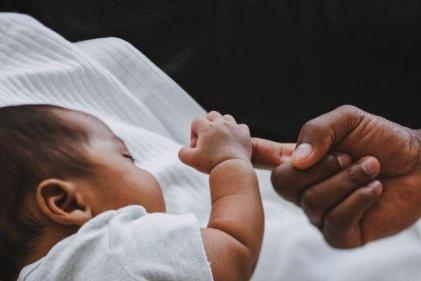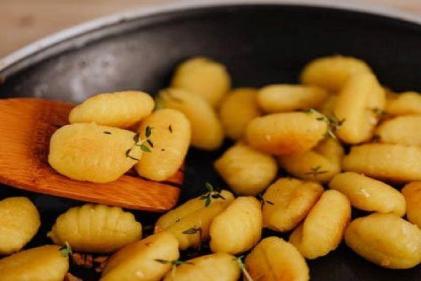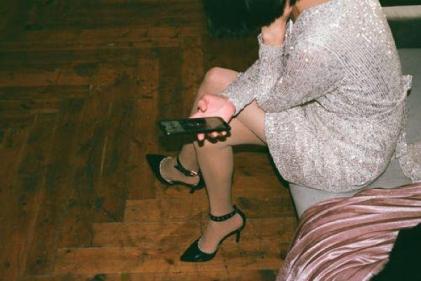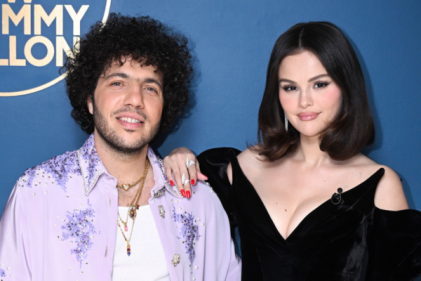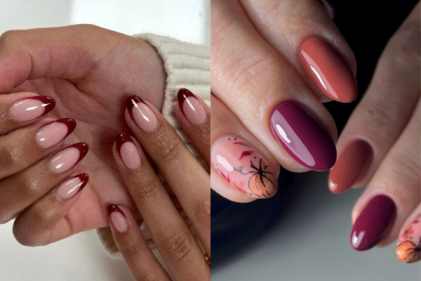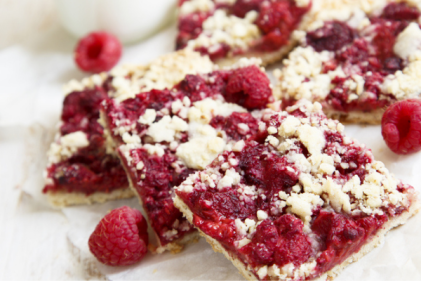It is one of those things you only learn about when you have a baby. Often, it can seem daunting when it comes to learning about all the various things that your baby can get! We've got you covered, mama.
Cradle cap is common and it may look like dandruff or it may appear as thick, oily, yellowish-brown scaly or crusty patches on the baby's head. It often appears in the first few months and it usually clears up in about six to twelve months, although it can last several years. You may also see the same scaly, crusty patches around the baby's eyebrows or ears, and sometimes in their armpits and other body creases. This condition is formally called infantile seborrhoeic dermatitis.
There is no consensus on the cause of cradle cap, but we do know that it is not caused by poor hygiene or allergies.
It's not contagious and most likely doesn't bother the baby, but if it gets severe enough it might itch. It doesn't really need any treatment but if the condition bothers you, try shampooing more frequently with a mild shampoo and gently rubbing baby's scalp with a terry-cloth towel or a very soft brush.
For those really stubborn cases, some find an oil remedy helpful. Rub a tiny amount of baby oil on your baby's scalp. Leave it on for about 15 minutes. Gently remove the flakes with a fine-toothed comb or a soft brush. Follow up by washing the baby's scalp with a gentle baby shampoo. Leaving the oil on the baby's scalp clogs the pores and causes the flakes to stick. In severe cases, a paediatrician may recommend a dandruff shampoo.
The good news is that when your baby's cradle cap is completely gone, it's not likely to return.
Let us know if you have come across any good remedies!

